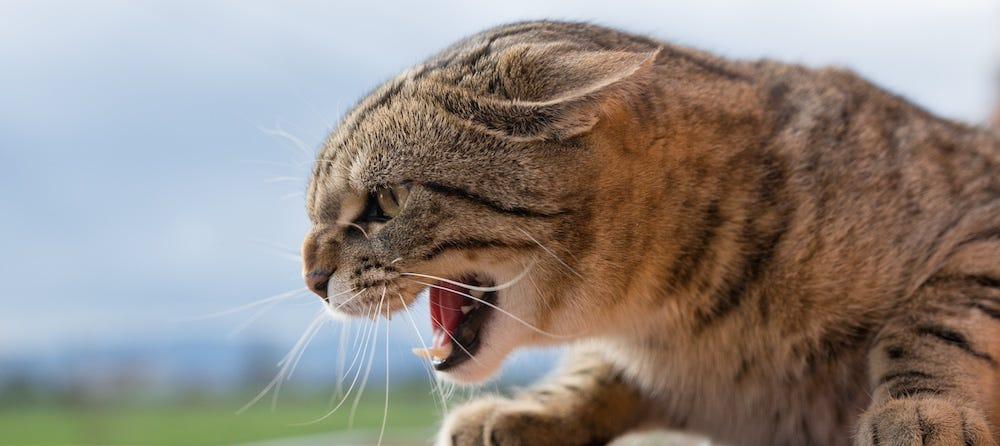It is World Spay Day. We already know there are incredible benefits to spaying or neutering your cat, and Litter-Robot resident veterinarian Dr. Justine Lee recently explained when to spay and neuter. Today we’re going to focus on how spaying significantly decreases mammary cancer in cats. Here’s what you need to know.
Mammary tumors in cats
Cats have mammary glands and nipples running parallel along both sides of the belly. Mammary tumors can arise in these glands just beneath or next to a nipple. Here are some of the sobering statistics about mammary cancer in cats, according to Dr. Margaret McEntee, DVM, a professor of oncology at Cornell University’s College of Veterinary Medicine:
- Tumors originating in the mammary glands account for the third most common type of feline cancer, after lymphoma and skin cancer.
- Mammary cancer occurs 95 percent of the time in female cats.
- Mammary cancer is the most frequently diagnosed feline cancer in cats that are older than 10 years.
- Approximately 85 percent of feline mammary cancers are lethally malignant.
Why spaying decreases mammary cancer in cats
In female cats, the onset of mammary cancer is tied to the release of the estrogen and progesterone hormones. When a cat is spayed, her ovaries are removed and she no longer produces estrogen. This is why veterinarians strongly recommend spaying your cat before she enters her first heat cycle, which can be as early as 3-4 months of age.
According to Cornell Feline Health Center, spaying before the age of six months can reduce a cat’s risk of mammary cancer by as much as 91 percent. And spaying before 1 year of age can reduce the risk up to 86 percent.
With odds like these, there’s really no reason not to spay or neuter your pets early on in life!
Recognizing a mammary tumor
Unfortunately, you can’t always control how old your cat was when she was spayed. If your cat was spayed past the age of 1 or you are unsure how old she was when spayed, it’s a good idea to know how to recognize a potential mammary tumor—especially if she is older than 10 years of age.
Dr. McEntee recommends that pet parents palpitate their cat’s underside in the areas of the mammary glands and nipples on a weekly basis to detect any obvious masses or lumps. As mentioned earlier, mammary tumors in cats usually start in the glands just beneath or next to the nipple. It may feel like a small, firm nodule, “about the size of a BB.”
Another sign to watch out for is your cat excessively licking and grooming the area of a growth. There may also be a strong odor associated with an infected tumor.
Diagnosing and treating mammary cancer in cats
If you feel or see a lump or nodule on your cat’s underside, make an appointment with your veterinarian right away. Your vet will likely want to remove a portion of the affected tissue for a biopsy. They may also take chest X-rays and abdominal ultrasound imaging to determine if the mass has spread to the lymph nodes and internal organs.
Depending on if the cancer has spread, the vet will perform a mastectomy on your cat and/or start chemotherapy treatment. The good news is, if caught early (where the tumor is smaller than 2 cm in diameter), survival improves to three or more years.
If there’s one thing you should take away on World Spay Day, it’s that you can greatly decrease the risk of mammary cancer in cats just by spaying as early as possible!
Source:
Cover photo by Kari Shea on Unsplash









